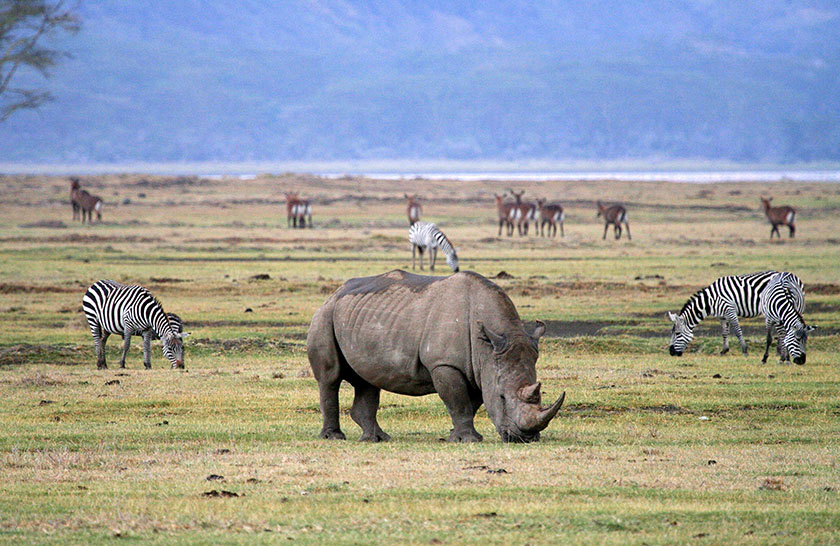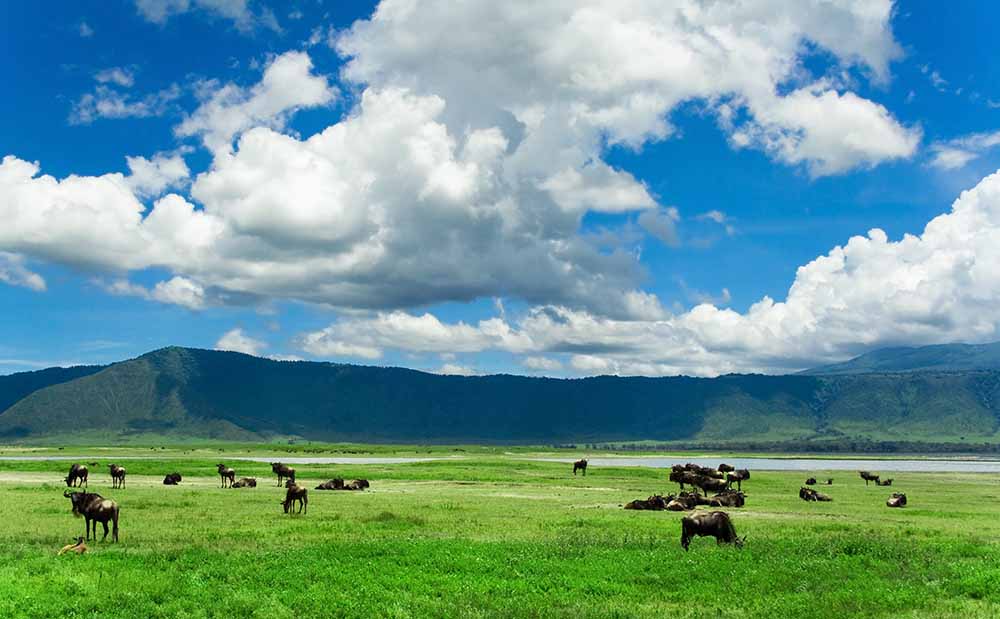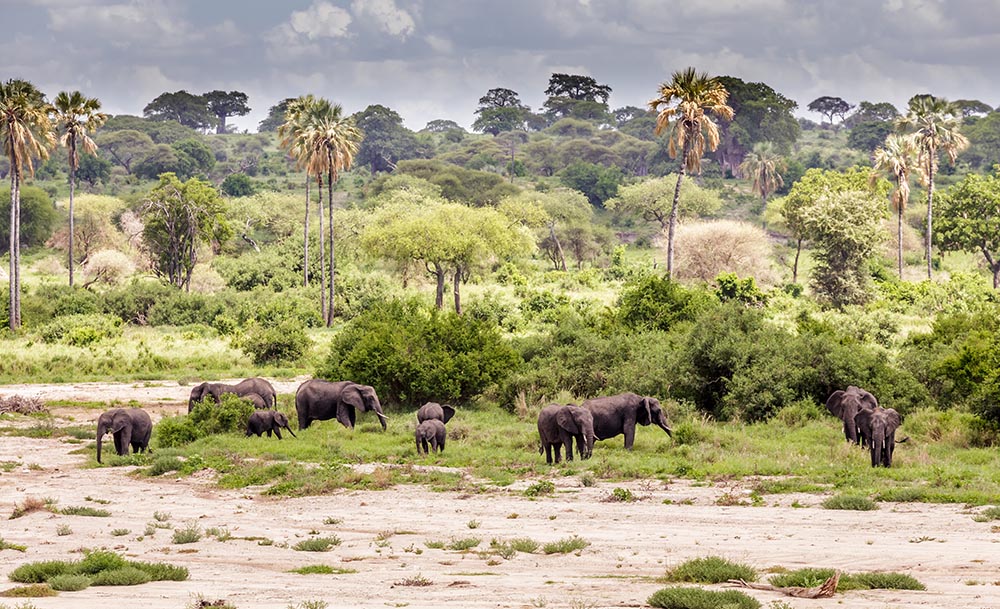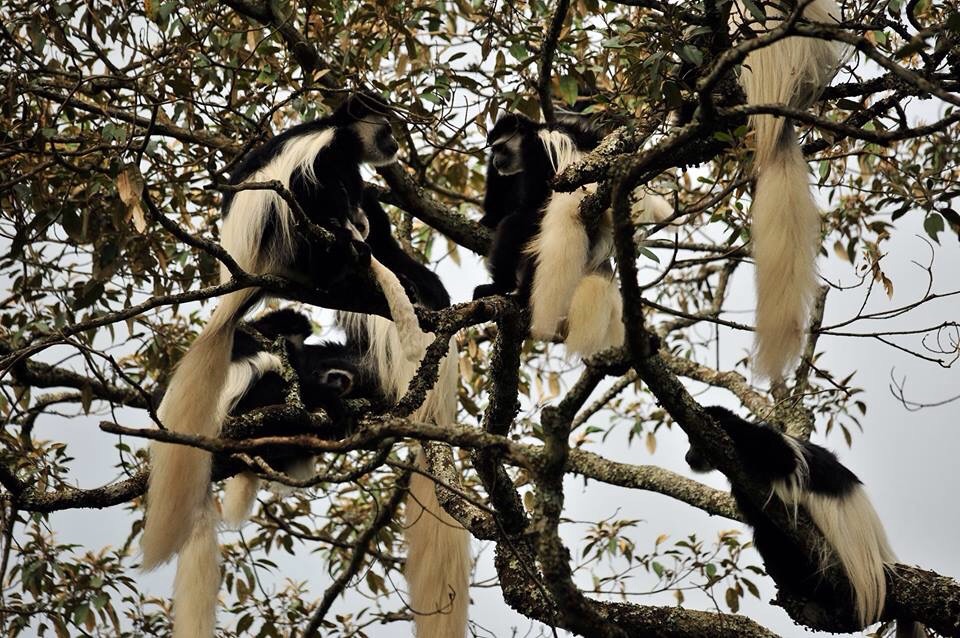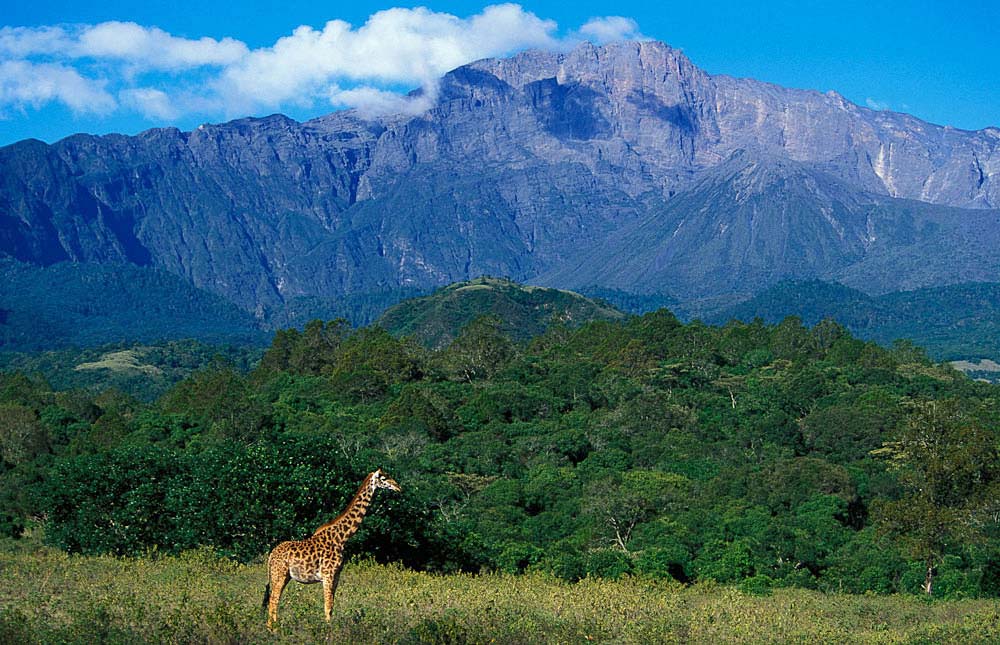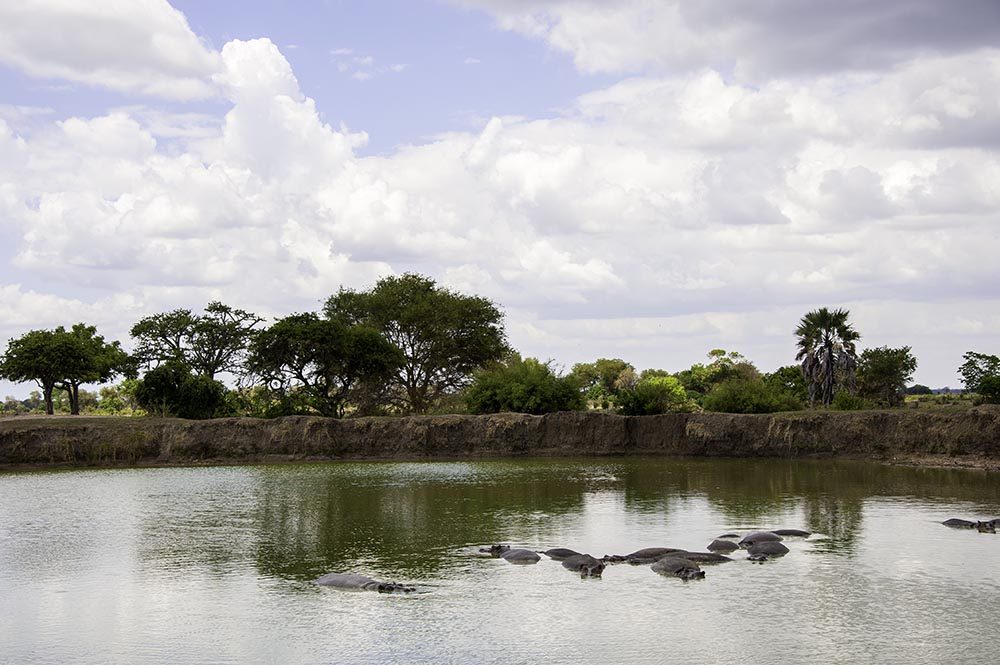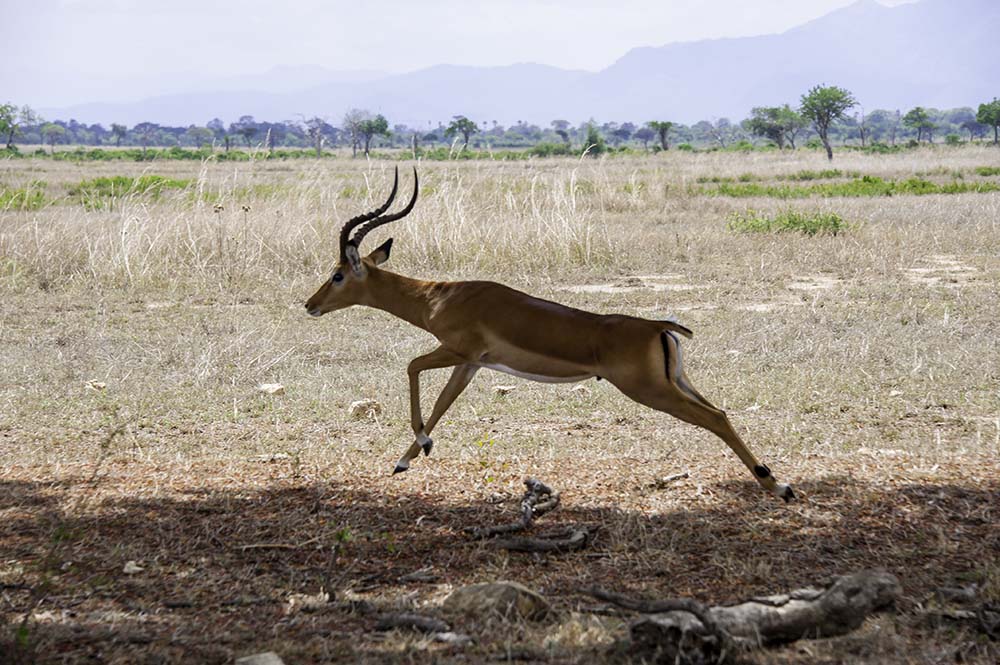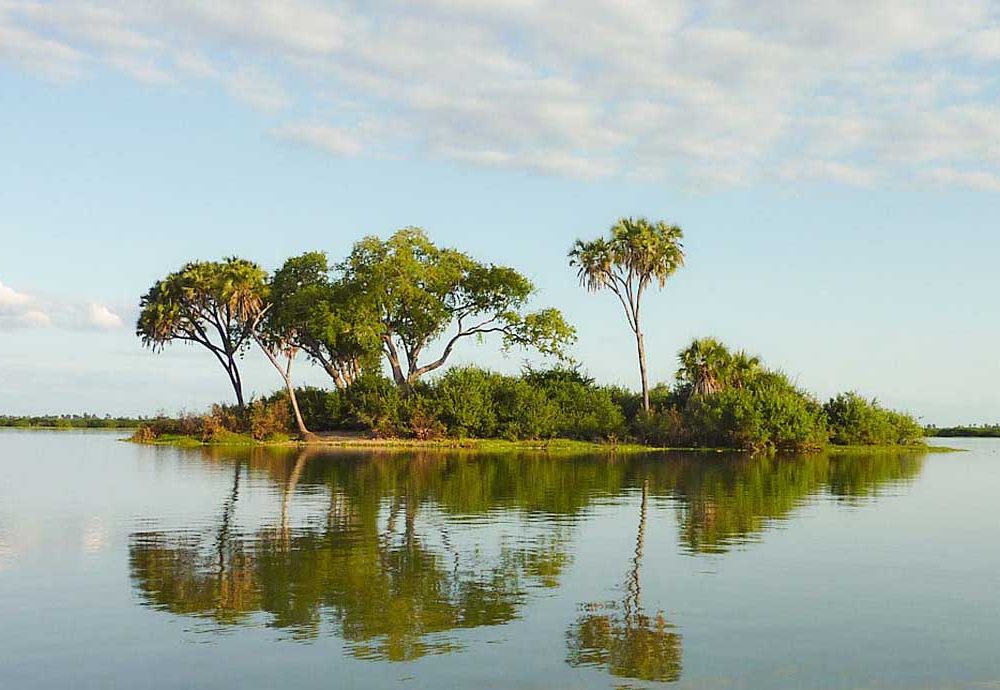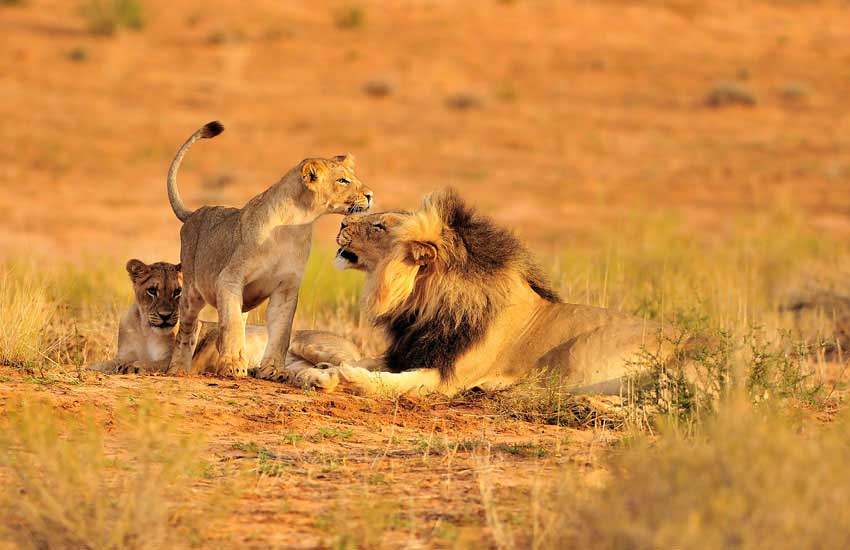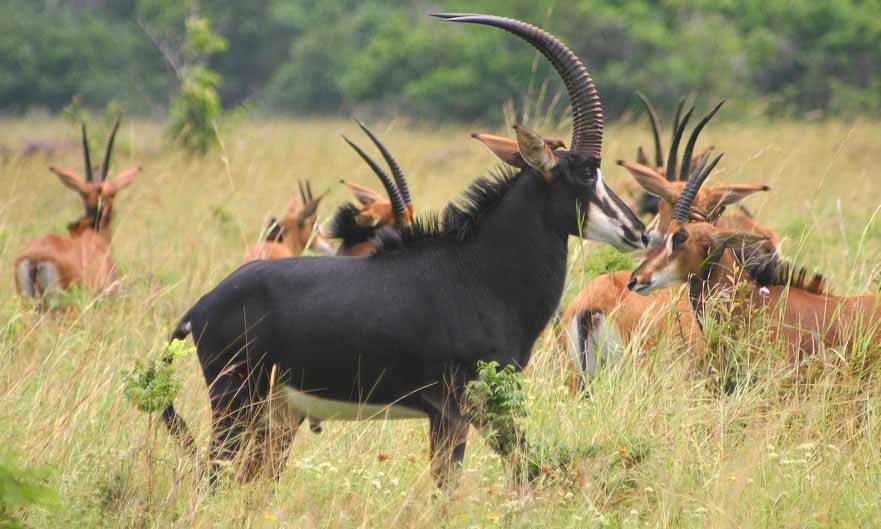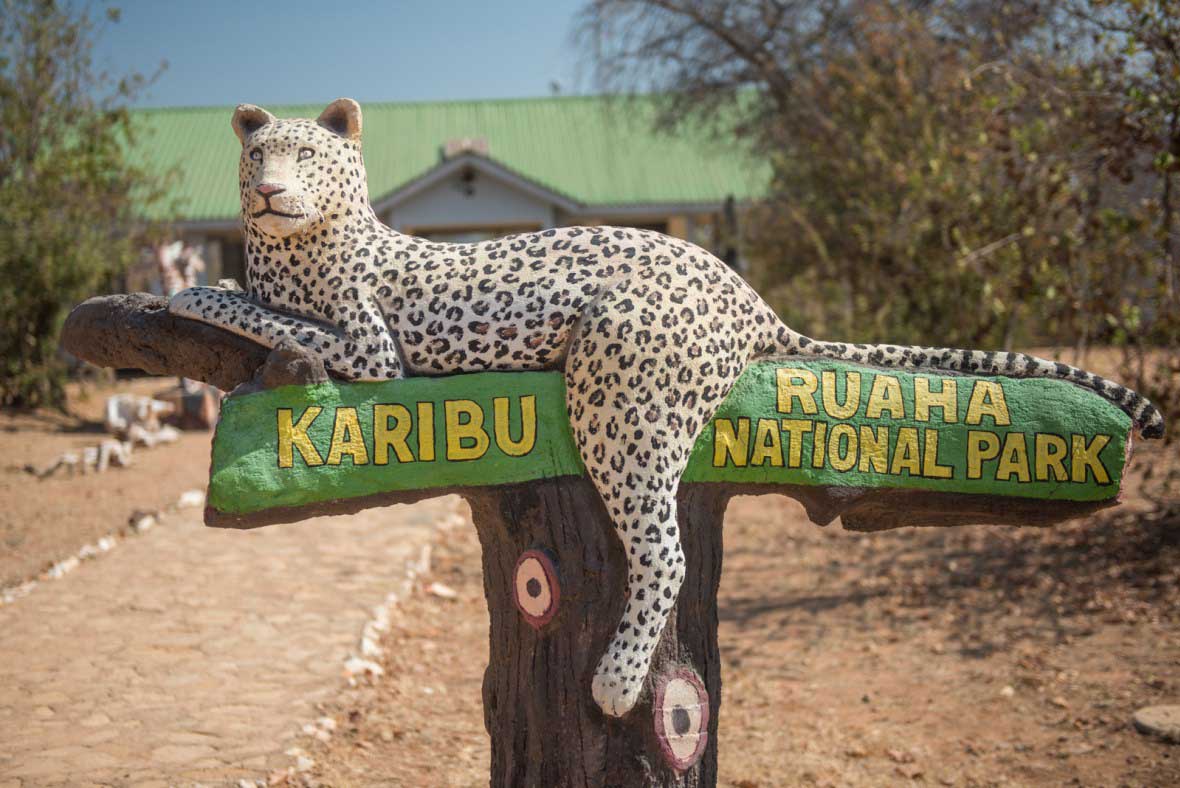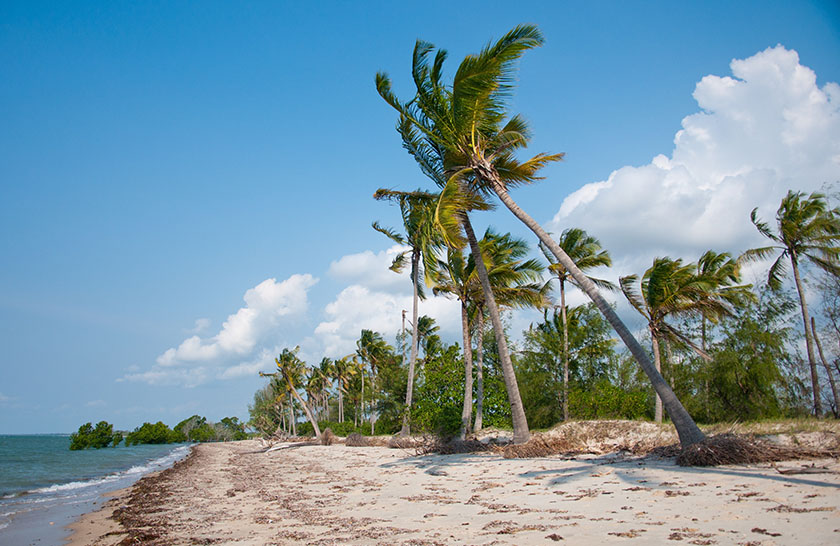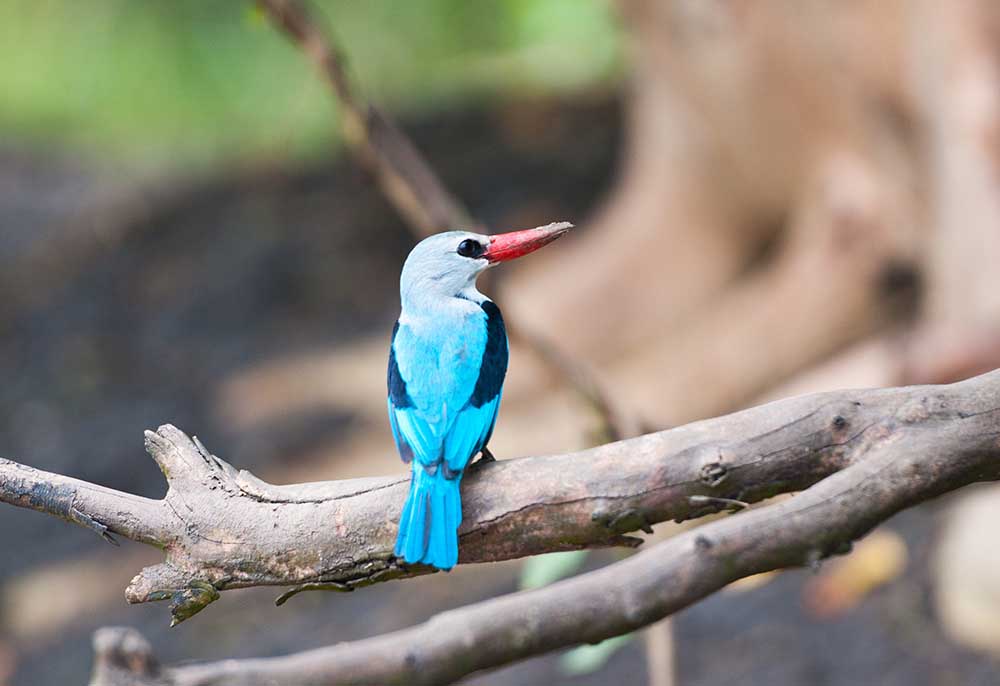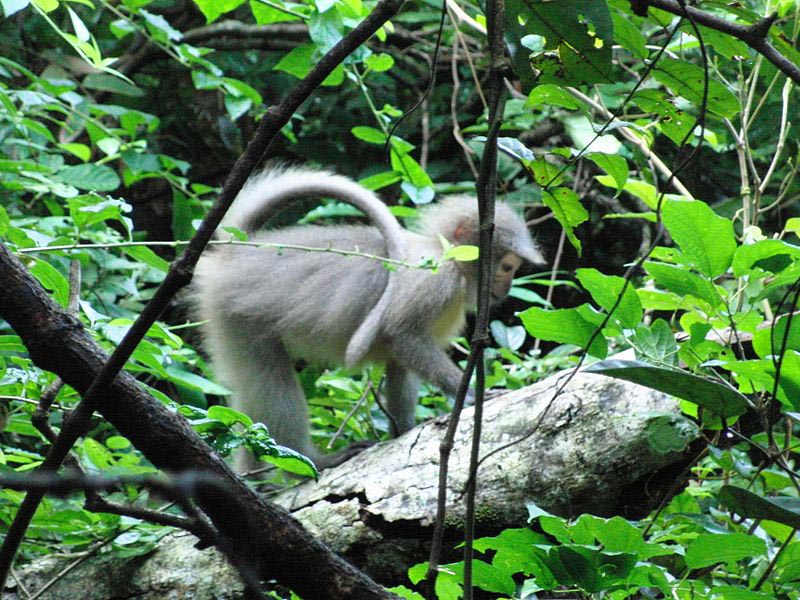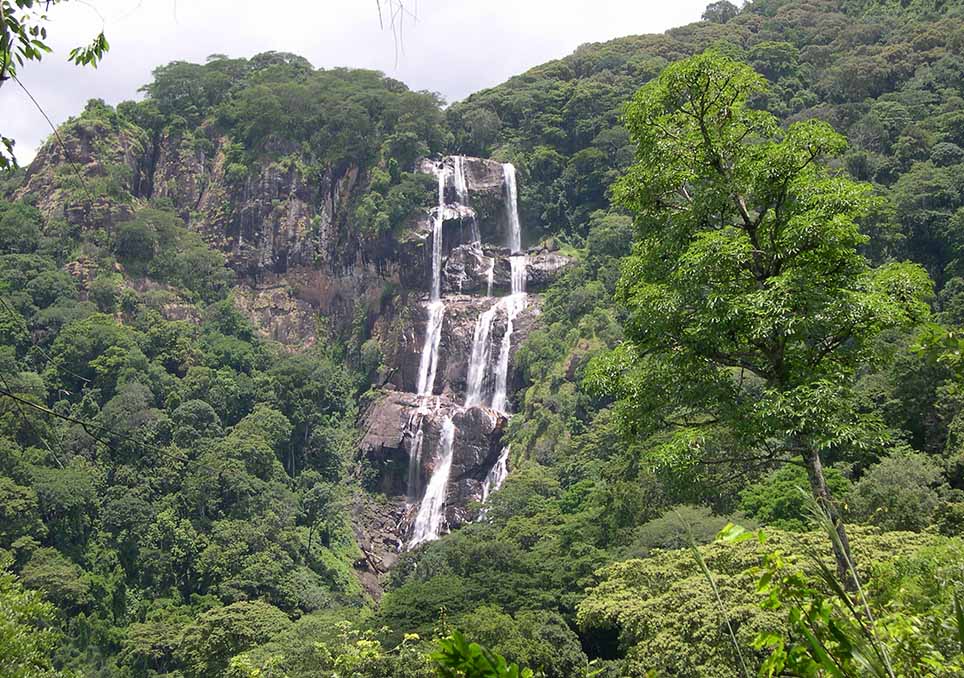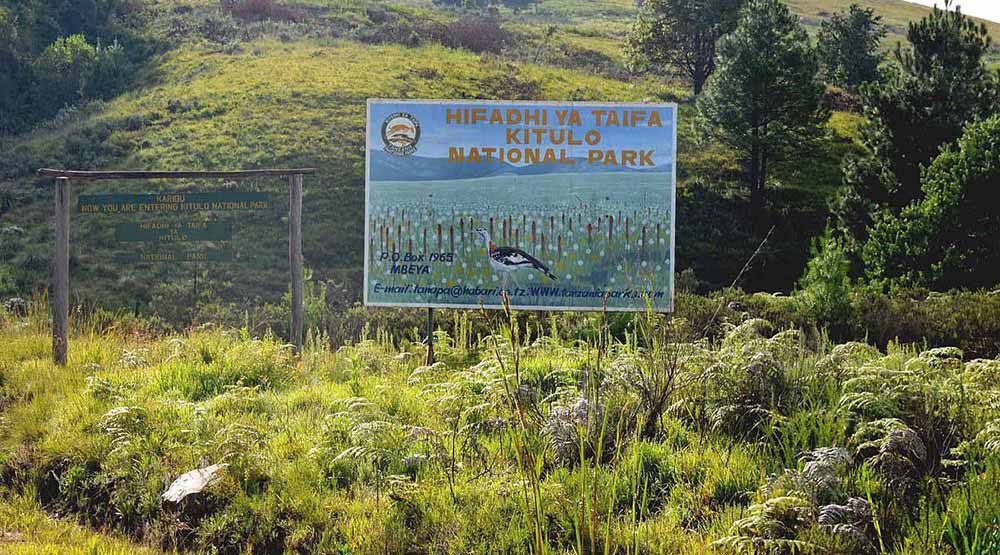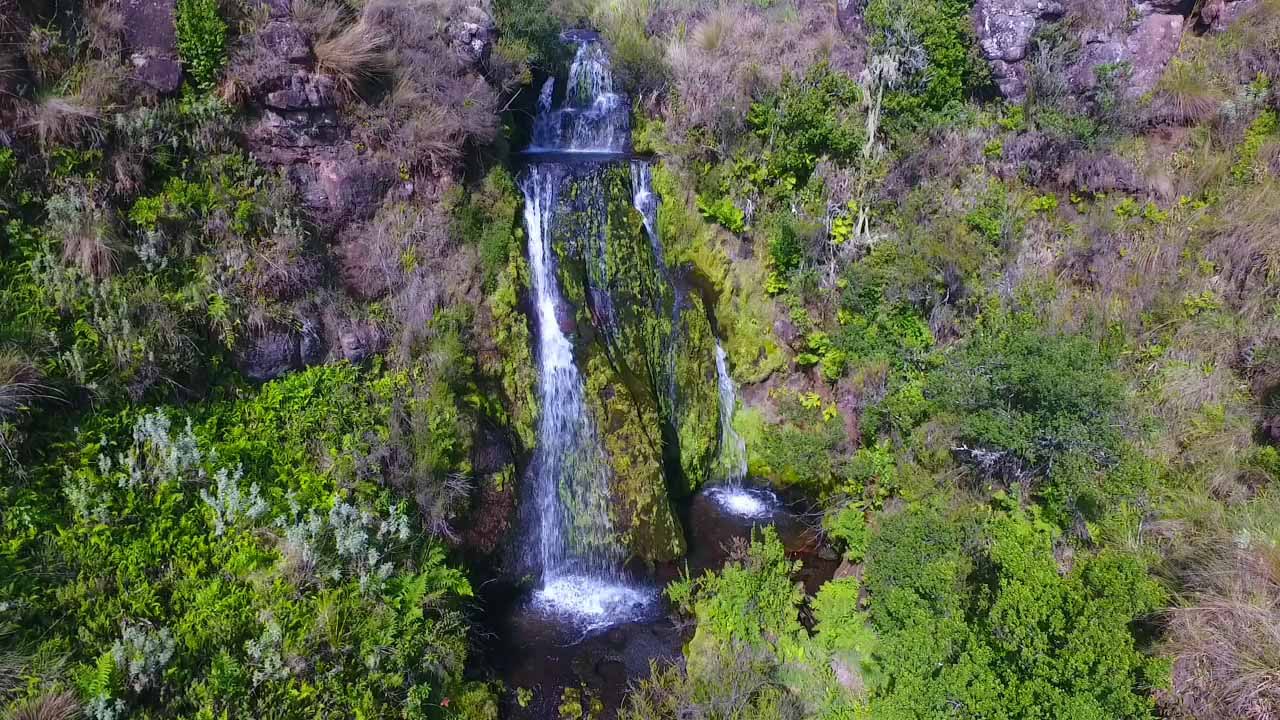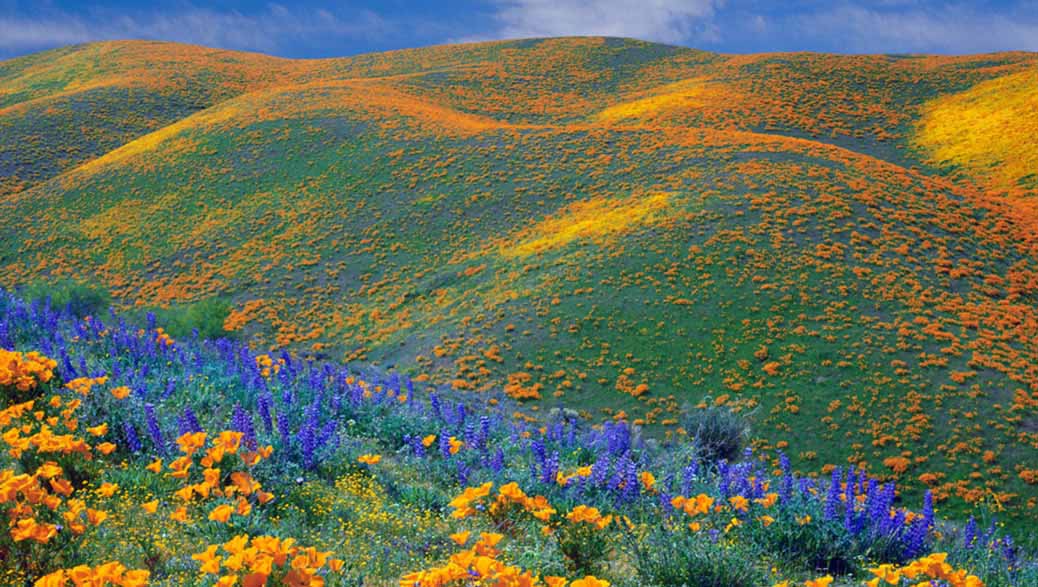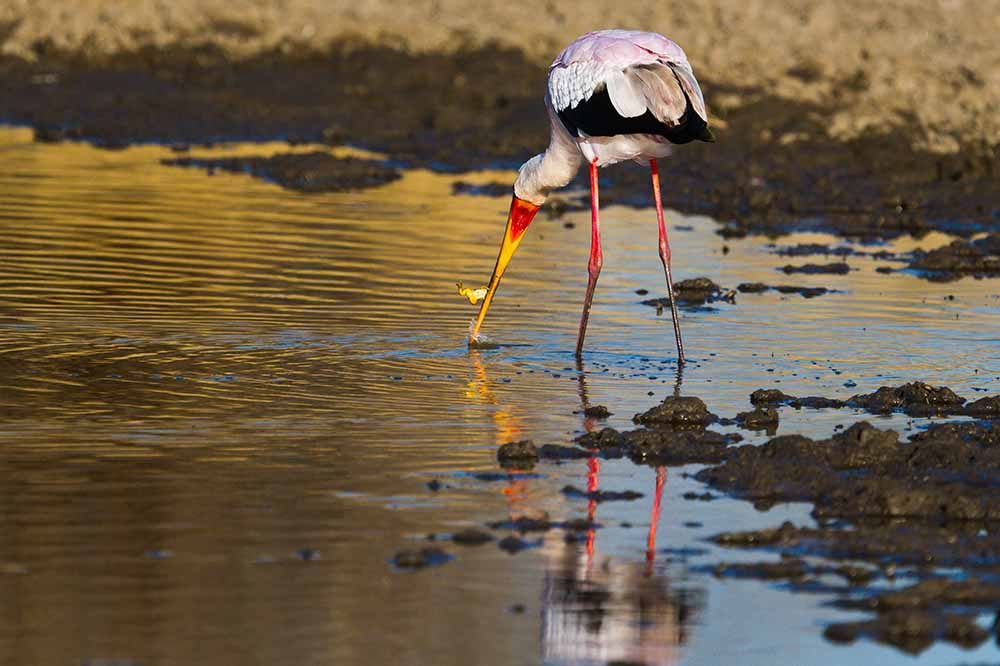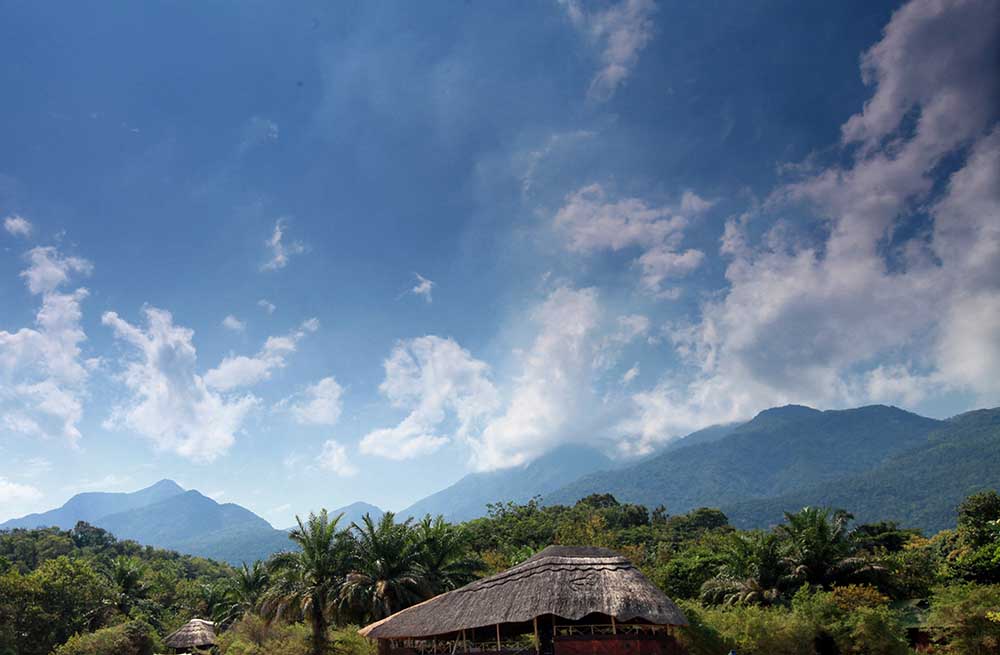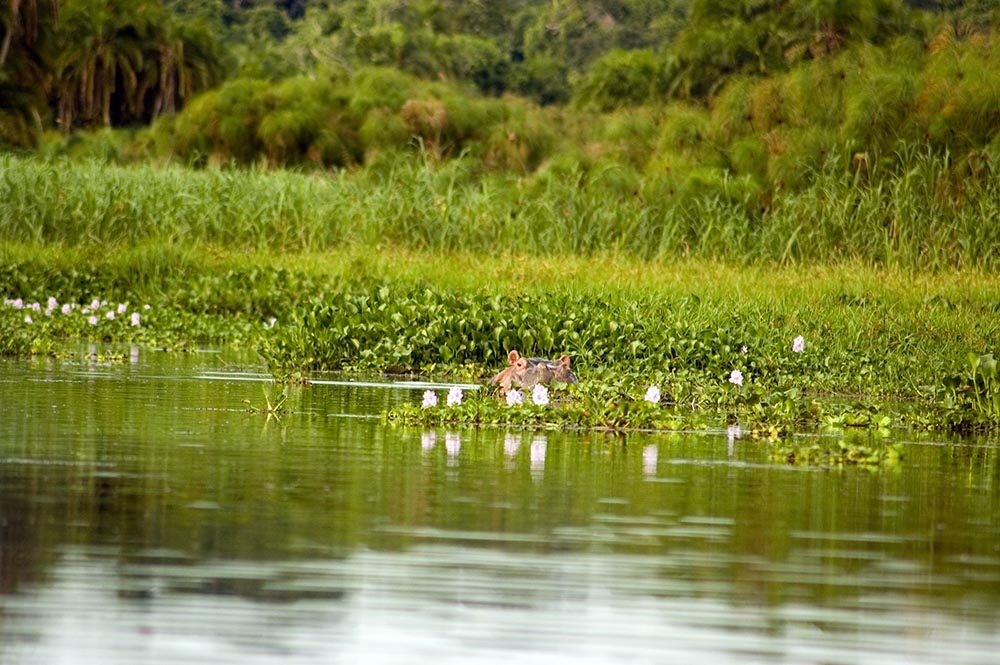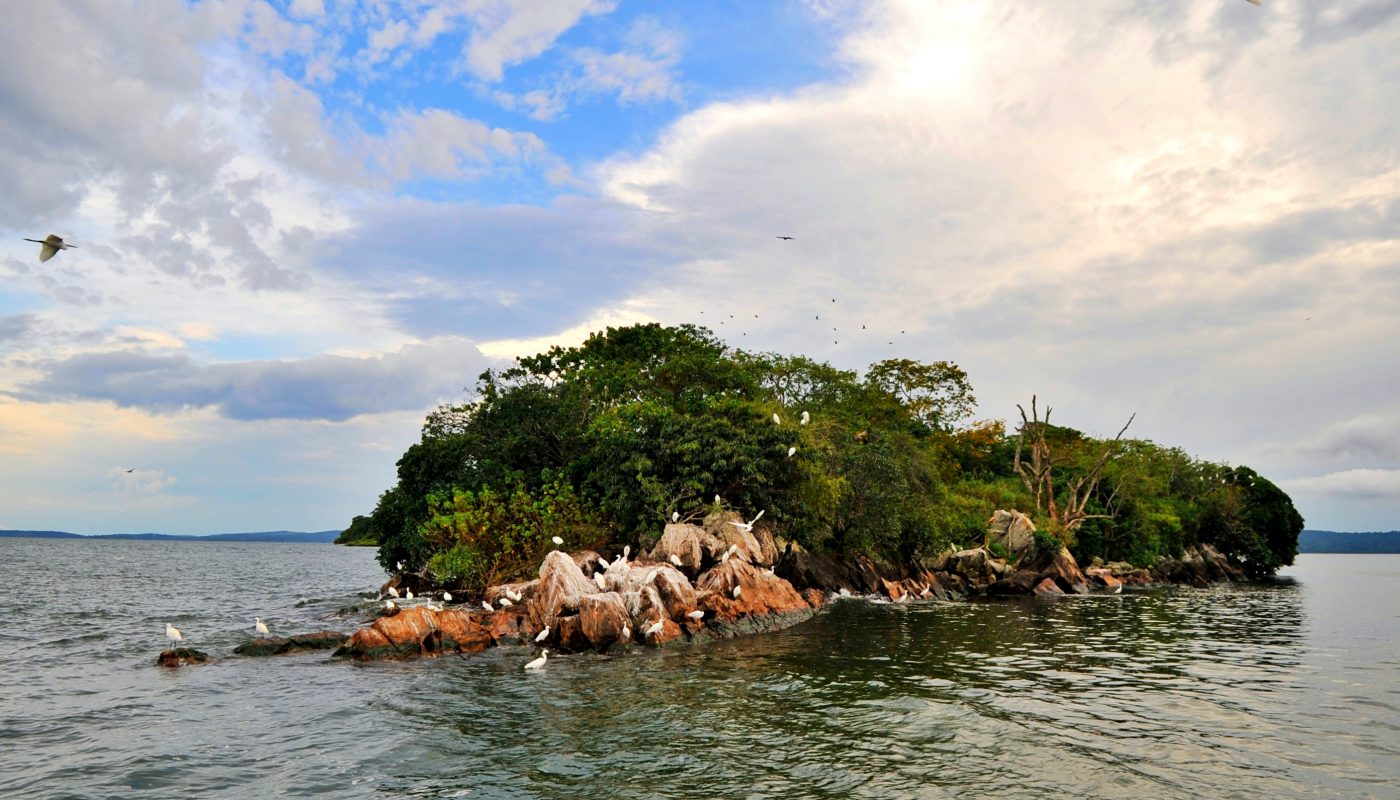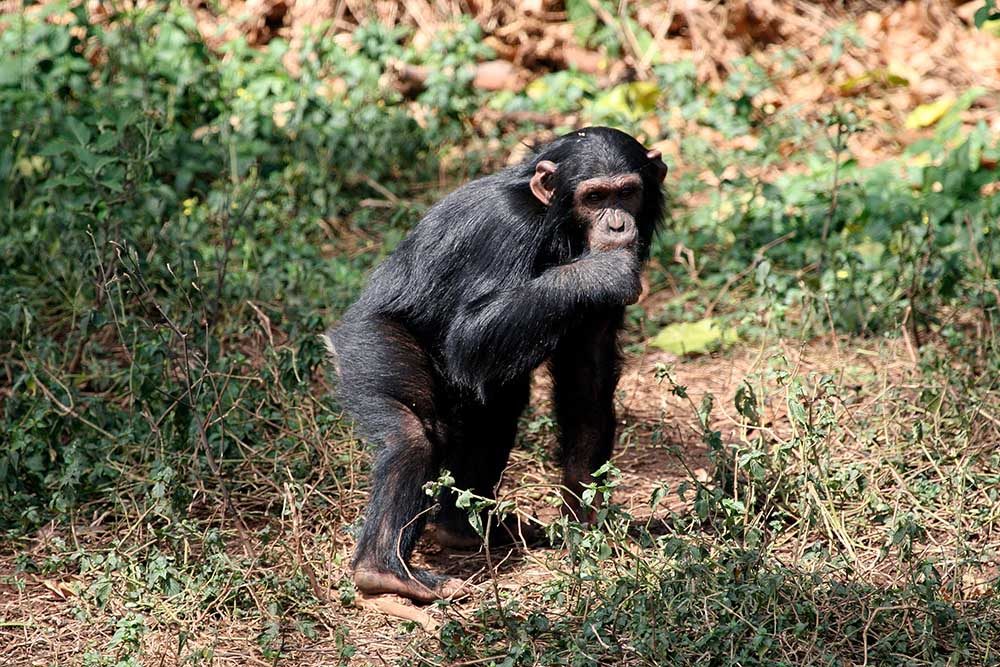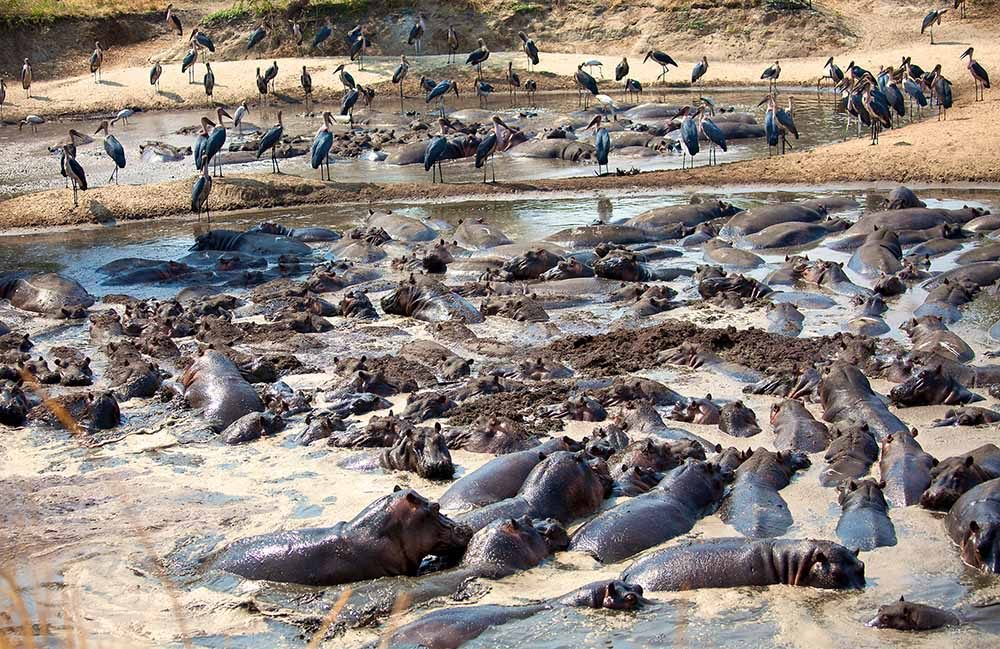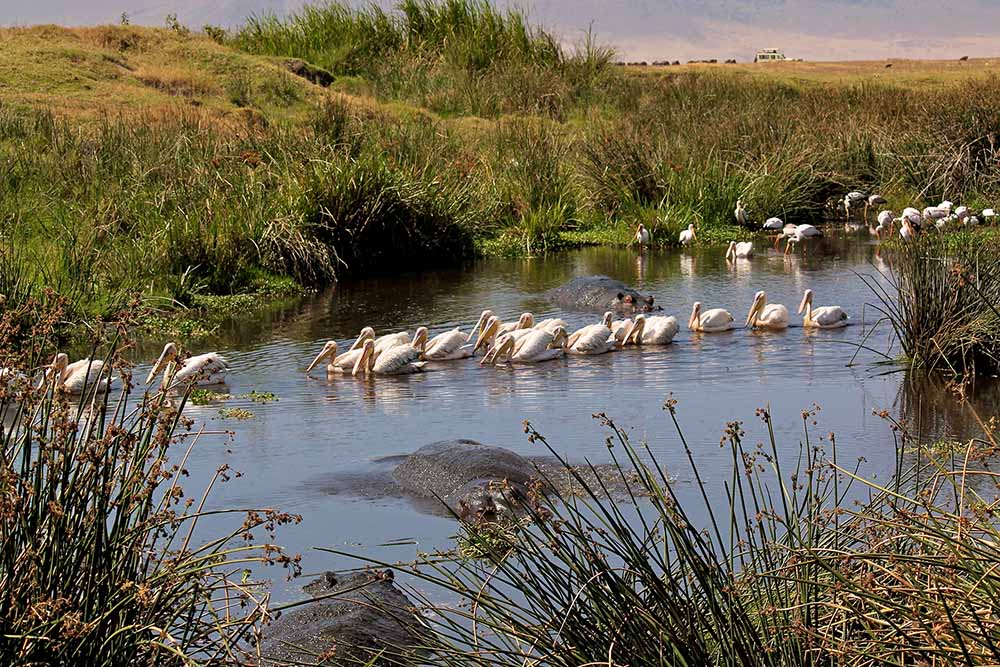Destinations
Northern Safari Destinations
[smart-grid row_height=”280″ mobile_row_height=”80″ fixed_height=”true” last_row=”justify” margins=”20″ lightbox=”magnific-popup” title=”false”]
[/smart-grid]
Serengeti National Park
A million wildebeest… each one driven by the same ancient rhythm, fulfilling its instinctive role in the inescapable cycle of life: a frenzied three-week bout of territorial conquests and mating; survival of the fittest as 40km (25 mile) long columns plunge through crocodile-infested waters on the annual exodus north; replenishing the species in a brief population explosion that produces more than 8,000 calves daily before the 1,000 km (600 mile) pilgrimage begins again. Tanzania’s oldest and most popular national park, also a world heritage site and recently proclaimed a 7th world wide wonder, the Serengeti is famed for its annual migration, when some six million hooves pound the open plains, as more than 200,000 zebra and 300,000 Thomson’s gazelle join the wildebeest’s trek for fresh grazing. Yet even when the migration is quiet, the Serengeti offers arguably the most scintillating game-viewing in Africa: great herds of buffalo, smaller groups of elephant and giraffe, and thousands upon thousands of eland, topi, kongoni, impala and Grant’s gazelle. The spectacle of predator versus prey dominates Tanzania’s greatest park. Golden-maned lion prides feast on the abundance of plain grazers. Solitary leopards haunt the acacia trees lining the Seronera River, while a high density of cheetahs prowls the southeastern plains. Almost uniquely, all three African jackal species occur here, alongside the spotted hyena and a host of more elusive small predators, ranging from the insectivorous aardwolf to the beautiful serval cat.
But there is more to Serengeti than large mammals. Gaudy agama lizards and rock hyraxes scuffle around the surfaces of the park’s isolated granite kopjes. A full 100 varieties of dung beetle have been recorded, as have 500-plus bird species, ranging from the outsized ostrich and bizarre secretary bird of the open grassland, to the black eagles that soar effortlessly above the Lobo Hills. As enduring as the game-viewing is the liberating sense of space that characterizes the Serengeti Plains, stretching across sun burnt savanna to a shimmering golden horizon at the end of the earth. Yet, after the rains, this golden expanse of grass is transformed into an endless green carpet flecked with wildflowers. And there are also wooded hills and towering termite mounds, rivers lined with fig trees and acacia woodland stained orange by dust. Popular the Serengeti might be, but it remains so vast that you may be the only human audience when a pride of lions masterminds a siege, focused unswervingly on its next meal.
Ngorongoro Conservation Area
The Ngorongoro Conservation Area spans vast expanses of highland plains, savanna, savanna woodlands and forests. Established in 1959 as a multiple land use area, with wildlife coexisting with semi-nomadic Maasai pastoralists practicing traditional livestock grazing, it includes the spectacular Ngorongoro Crater, the world’s largest caldera. The property has global importance for biodiversity conservation due to the presence of globally threatened species, the density of wildlife inhabiting the area, and the annual migration of wildebeest, zebra, gazelles and other animals into the northern plains. Extensive archaeological research has also yielded a long sequence of evidence of human evolution and human-environment dynamics, including early hominid footprints dating back 3.6 million years.
Ngorongoro Crater is one of the largest inactive unbroken calderas in the world which is unflooded. It has a mean diameter of 16-19 km, a crater floor of 26,400 ha, and a rim soaring to 400-610 m above the crater floor. The formation of the crater and other highlands are associated with the massive rifting which occurred to the west of the Gregory Rift Valley. The conservation area also includes Empakaai Crater and Olduvai Gorge, famous for geology and associated palaeontological studies. A population of about 25,000 large animals lives in the crater, mainly ungulates, along with the highest density of mammalian predators in Africa. They include the critically endangered black rhinoceros, hippopotamus which are very uncommon in the area. There are also many other ungulates: wildebeest, Burchell’s zebra, eland, Grant’s and Thomson’s gazelles. The crater has the densest known population of lion, which are classed as vulnerable. On the crater rim are leopard and the endangered African elephant, mountain reedbuck and buffalo.
[smart-grid row_height=”280″ mobile_row_height=”80″ fixed_height=”true” last_row=”justify” margins=”20″ lightbox=”magnific-popup” title=”false”]
[/smart-grid]
[smart-grid row_height=”280″ mobile_row_height=”80″ fixed_height=”true” last_row=”justify” margins=”20″ lightbox=”magnific-popup” title=”false”]
[/smart-grid]
Tarangire National Park
The fierce sun sucks the moisture from the landscape, baking the earth a dusty red, the withered grass as brittle as straw. The Tarangire River has shriveled to a shadow of its wet season self. But it is choked with wildlife. Thirsty nomads have wandered hundreds of parched kilometers knowing that here, always, there is water. Herds of up to 300 elephants scratch the dry river bed for underground streams, while migratory wildebeest, zebra, buffalo, impala, gazelle, hartebeest and eland crowd the shrinking lagoons. It’s the greatest concentration of wildlife outside the Serengeti ecosystem – a smörgåsbord for predators – and the one place in Tanzania where dry-country antelope such as the stately fringe-eared Oryx and peculiar long-necked gerenuk are regularly observed. During the rainy season, the seasonal visitors scatter over a 20,000 sq km (12,500 sq miles) range until they exhaust the green plains and the river calls once more. But Tarangire’s mobs of elephant are easily encountered, wet or dry.
The swamps, tinged green year round, are the focus for 550 bird varieties, the most breeding species in one habitat anywhere in the world. On drier ground you find the Kori bustard, the heaviest flying bird; the stocking-thighed ostrich, the world’s largest bird; and small parties of ground hornbills blustering like turkeys. More ardent bird-lovers might keep an eye open for screeching flocks of the dazzlingly colourful yellow-collared lovebird, and the somewhat drabber rufous-tailed weaver and ashy starling – all endemic to the dry savanna of north-central Tanzania. Disused termite mounds are often frequented by colonies of the endearing dwarf mongoose, and pairs of red-and-yellow barbet, which draw attention to themselves by their loud, clockwork-like duetting. Tarangire’s pythons climb trees, as do its lions and leopards, lounging in the branches where the fruit of the sausage tree disguises the twitch of a tail.
Lake Manyara National Park
Stretching for 50km along the base of the rusty-gold 600-metre high Rift Valley escarpment, Lake Manyara is a scenic gem, with a setting extolled by Ernest Hemingway as “the loveliest I had seen in Africa”. The compact game-viewing circuit through Manyara offers a virtual microcosm of the Tanzanian safari experience. From the entrance gate, the road winds through an expanse of lush jungle-like groundwater forest where hundred-strong baboon troops lounge nonchalantly along the roadside, blue monkeys scamper nimbly between the ancient mahogany trees, dainty bushbuck tread warily through the shadows, and outsized forest hornbills honk cacophonously in the high canopy.
Contrasting with the intimacy of the forest is the grassy floodplain and its expansive views eastward, across the alkaline lake, to the jagged blue volcanic peaks that rise from the endless Maasai Steppes. Large buffalo, wildebeest and zebra herds congregate on these grassy plains, as do giraffes – some so dark in coloration that they appear to be black from a distance. Inland of the floodplain, a narrow belt of acacia woodland is the favoured haunt of Manyara’s legendary tree-climbing lions and impressively tusked elephants. Squadrons of banded mongoose dart between the acacias, while the diminutive Kirk’s dik-dik forages in their shade. Pairs of kilispringer are often seen silhouetted on the rocks above a field of searing hot springs that steams and bubbles adjacent to the lake shore in the far south of the park. Manyara provides the perfect introduction to Tanzania’s bird-life. More than 400 species have been recorded, and even a first-time visitor to Africa might reasonably expect to observe 100 of these in one day. Highlights include thousands of pink-hued flamingos on their perpetual migration, as well as other large water birds such as pelicans, cormorants and storks.
[smart-grid row_height=”280″ mobile_row_height=”80″ fixed_height=”true” last_row=”justify” margins=”20″ lightbox=”magnific-popup” title=”false”]
[/smart-grid]
[smart-grid row_height=”280″ mobile_row_height=”80″ fixed_height=”true” last_row=”justify” margins=”20″ lightbox=”magnific-popup” title=”false”]
[/smart-grid]
Arusha National Park
The closest national park to Arusha town – northern Tanzania’s safari capital – Arusha National Park is a multi-faceted jewel, often overlooked by safari goers, despite offering the opportunity to explore a beguiling diversity of habitats within a few hours. The entrance gate leads into shadowy montane forest inhabited by inquisitive blue monkeys and colourful turacos and trogons the only place on the northern safari circuit where the acrobatic black-and-white colobus monkey is easily seen. In the midst of the forest stands the spectacular Ngurudoto Crater, whose steep, rocky cliffs enclose a wide marshy floor dotted with herds of buffalo and warthog.
Further north, rolling grassy hills enclose the tranquil beauty of the Momela Lakes, each one a different hue of green or blue. Their shallows sometimes tinged pink with thousands of flamingos, the lakes support a rich selection of resident and migrant waterfowl, and shaggy water bucks display their large lyre-shaped horns on the watery fringes. Giraffes glide across the grassy hills, between grazing zebra herds, while pairs of wide-eyed dik-dik dart into scrubby bush like overgrown hares on spindly legs. Although elephants are uncommon in Arusha National Park and lions absent altogether, leopards and spotted hyenas may be seen slinking around in the early morning and late afternoon. It is also at dusk and dawn that the veil of cloud on the eastern horizon is most likely to clear, revealing the majestic snow-capped peaks of Kilimanjaro, only 50km (30 miles) distant. But it is Kilimanjaro’s unassuming cousin, Mount Meru – the fifth highest in Africa at 4,566 meters (14,990 feet) – that dominates the park’s horizon. Its peaks and eastern foot slopes protected within the national park, Meru offers unparalleled views of its famous neighbor, while also forming a rewarding hiking destination in its own right.
Southern Safari Destinations
[smart-grid row_height=”280″ mobile_row_height=”80″ fixed_height=”true” last_row=”justify” margins=”20″ lightbox=”magnific-popup” title=”false”]
[/smart-grid]
Mikumi National Park
It carries a variety of wildlife including elephants, lion, giraffe, impala, warthog, zebra, buffalo, wildebeest, hartebeest and eland. Wild dogs – considered an endangered carnivore species are found here in good numbers. Other resident animals are crocodiles, hippos, and monitor lizards.
The open horizons and abundant wildlife of Mkata Floodplain is a dominant feature of the park, which is bordered on one side by the Uluguru Mountains and on another by the Lumango Range. Mikumi forms the northern border of the Selous Game Reserve and is part of a vast wilderness ecosystem covering 3,230 sq km. Open grasslands stretch on the plains, while the miombo woodlands cover higher ground.
Criss-crossed by a good circuit of game-viewing roads, the Mkata Floodplain is perhaps the most reliable place in Tanzania for sightings of the powerful eland, the world’s largest antelope. The equally impressive greater kudu and sable antelope haunt the miombo-covered foothills of the mountains that rise from the park’s borders.
More than 400 bird species have been recorded, with such colorful common residents as the lilac-breasted roller, yellow-throated longclaw and bateleur eagle joined by a host of European migrants during the rainy season. Hippos are the star attraction of the pair of pools situated 5km north of the main entrance gate, supported by an ever-changing cast of waterbirds.
Selous Game Reserve
Unsurpassed opportunities to witness Africa’s unspoiled wilderness from a range of perspectives with boat excursions along the Rufiji River, enduring hiking and exhilarating fly-camp safari expeditions into the bush; an in-depth insight into an incredible land. The Selous Game Reserve offers a superb African getaway, an un-paralleled experience of untouched Africa.
The Selous, at 55000km², is the second biggest conservation area in Africa, and a proclaimed world heritage site. The reserve covers an area twice that of Denmark! A true wilderness with a rich variety of wildlife, it is virtually undiscovered and remains one of Africa’s best kept secrets.
This wilderness has been largely untouched by human and contains the world’s largest concentration of elephants, buffalo, crocodiles, hippos and wild dogs. Other species include lion, giraffe, baboon, zebra and the greater kudu. Over three quarters of a million animals inhabit this great wilderness.
The park is split into two contrasting grounds, the Selous and the Mikumi, by the great Rufiji river. The reserve combines many types of vegetation, from the Beho Beho Mountains to the Rufiji River with lakes, streams and swamps full of buffalo, waterbuck and Borassus palms. Stiegler’s Gorge, 100m deep and 100m wide, is a magnificent natural feature with a gut-wrenching cable car that ferries safari vehicles across the river. It also happens to be a spot favored by the leopards.
The highlight of a trip to the park has to be the river safari on Lake Tagalala. The area is a fantastic site for spotting lions and elephants as they come to bathe in the lagoons. Watch out for hippos and crocodiles! In the Beho Beho section of the reserve, the hot springs at Maji Moto is a great place to soak away the dust and bruises of overland safari travel. Also in the Beho Beho area is the grave of Captain Frederick Courtenay Selous, the British hunter, soldier, naturalist and great eccentric who gave the reserve its name.
The reserve is also a haven for bird lovers; more than 350 species of birds have been identified here including the goliath heron, fish eagle and kingfishers to excite any keen ornithologist.
[smart-grid row_height=”280″ mobile_row_height=”80″ fixed_height=”true” last_row=”justify” margins=”20″ lightbox=”magnific-popup” title=”false”]
[/smart-grid]
[smart-grid row_height=”280″ mobile_row_height=”80″ fixed_height=”true” last_row=”justify” margins=”20″ lightbox=”magnific-popup” title=”false”]
[/smart-grid]
Ruaha National Park
Situated in central Tanzania, the Ruaha National Park is one of the largest protected areas in Africa. It is the second biggest national park in Tanzania but since visitor numbers are comparatively few, it possesses a true wilderness atmosphere. Ruaha covers nearly 20,226 square kilometers but is part of an even larger natural system, incorporating the adjacent Rungwa, Kigozo and Muhezi reserves to the north. The reserve takes its name from the permanent Ruaha River which winds its way north-east and then south into the Rufiji River before spilling into the Indian Ocean. Only a small part of Ruaha is actually open to visitors who can explore a network of tracks along the main river and its many seasonal tributaries, as well as into the baobab-clad hillsides and tall miombo woodlands.
The variation in altitude and topography has given rise to wide diversity of plants and wildlife, which is greatly enhanced by the permanent water of the Ruaha River. In addition to these factors, Ruaha is also situated in an ecological transition for eastern and southern African species. Ruaha is an astonishing reserve which can provide even the most experienced African travelers with something new. The undulating topography, glorious river and majestic trees combine to produce one of Africa’s most captivating landscapes.
Enormous baobab trees are a key feature of Ruaha, where almost all individuals bear the scars of the huge elephant population. Elephants relish the succulent bark of baobab trees and gouge into the tree trunks with their powerful tusks. Other impressive Ruaha trees include tamarind, jackalberry, wooden banana, pod mahogany and newtonia.
Virtually all of Africa’s large mammal species are found in Ruaha. Hippos are abundant in the broad Ruaha River. Large carnivores are well represented, good populations of lion, leopard, cheetah, spotted hyena and wild dog occur throughout Ruaha. The park is also famous for its huge elephant and buffalo herds and variety of antelope species including both greater and lesser kudu, roan, sable and eland. Small herds of agile Grant’s gazelle occur in the open plains of the north-west. Wildebeest are oddly absent in this part of Tanzania. Troops of yellow baboon wander the woodlands, while small numbers of black-and-white colobus reside in riparian forest. Among smaller carnivores, both black-backed and side-striped jackals occur alongside honey badger, African civet, serval and Egyptian mongoose.
For birdwatchers, Ruaha is a truly marvelous destination, with over 500 species. Of particular interest is the Tanzanian red-billed hornbill. This hornbill is abundant at Ruaha where it is often seen alongside African grey hornbill and Von der Decken’s hornbill. Other birds of the savanna and woodlands are ashy starling, nubian woodpecker, bare-faced go-away bird, white-headed buffalo-weaver, grey-capped social-weaver, red-faced crombec, swallow-tailed bee-eater, collared palm-thrush and crested barbet. raquet-tailed roller, white-breasted cuckooshrike and spotted creeper are among species found in miombo woodlands. Raptors and waterfowl are well-represented, with African skimmer and white-crowned lapwing breeding on the extensive sandbars of the Ruaha river.
Saadani National Park
Saadani is the only coastal national park in East Africa, which not only means relaxing on Indian Ocean beaches after each safari, but also provides an opportunity to observe Africa’s big game and bird life interacting with the sea. Bottled-nosed dolphins are common off the southern coast of the reserve, whales pass through the Zanzibar channel in October and November, and there is a green turtle breeding beach at Madete in the north.
Saadani is one of the newest national parks to be added to Tanzania’s already impressive portfolio and has the unique distinction of being East Africa’s only coastal wildlife reserve, offering the chance to see big game and bird life interacting with the sea. It is located 130kms north of Dar es Salaam, between Bagamoyo and Pangani, and 27kms from Zanzibar, Saadani is the closest wildlife reserve geographically to both tourist centers.
There is a wide variety of safari options in Saadani. In addition to the orthodox game drives, boat safaris, walking safaris and bird watching by canoe are also possible. Saadani has a diverse population of birds and mammals including the rare Roosevelt sable. The southern boundary is marked by the navigable Wami River, which attracts fabulous bird life as well as hippos, crocodiles, black and white colobus monkeys and blue monkeys.
A boat safari on the Wami River is billed as one of the highlights of any visit to Saadani. Frequently seen game includes healthy populations of giraffe, buffalo, reedbuck, waterbuck, zebra, Liechtenstein’s hartebeest, wildebeest, warthog, baboon and a plethora of bird life.
A walking safari is an exciting experience – as the realization of the unknown presence around you is emphasized by every noise, your senses become attuned to your surroundings and you gain a greater appreciation of the environment.
[smart-grid row_height=”280″ mobile_row_height=”80″ fixed_height=”true” last_row=”justify” margins=”20″ lightbox=”magnific-popup” title=”false”]
[/smart-grid]
[smart-grid row_height=”280″ mobile_row_height=”80″ fixed_height=”true” last_row=”justify” margins=”20″ lightbox=”magnific-popup” title=”false”]
[/smart-grid]
Udzungwa Mountains National Park
Udzungwa National Park, unlike most other national parks in Tanzania, is a high forest area and a place for walking. It is situated along the major fault line delimiting the eastern side of the Southern Highlands. The predominantly westerly winds here have to rise to higher and cooler levels with frequent rains as the result. The vegetation is therefore different from the usual woodlands; it consists of high and dense forest.
Udzungwa Mountains has only recently gained its status as a National Park. Swathed in a unique and fascinating rain forest, the mountains have been untouched for thousands of years due to the taboos of traditional beliefs. Still rarely visited, Udzungwa is a must for those looking for this the true “country of contrasts”.
The Udzungwa Forest is part of the Eastern Arc, which extends from the Southern Highlands through the Uluguru and Usambara Mountains northwards to Pare. The forests in the Eastern Arc are known for their very high biodiversity. The Usambara violet has one of its most south westerly occurrences in Udzungwa. Three monkeys, Sanje crested mangabey, the matundu galago and the Iringa red colobus, are found only in Udzungwa. Visitors in the park are likely to see at least the red colobus.
A trip to Udzungwa involves a walk beneath the canopy of primary rain-forest, with the chance to see the abundant endemics, climbing steadily up the mountain, across cascading streams to emerge at the top of the Sanje waterfalls to breathtaking views over the rift valley.
Kitulo Platuea
Located in the beautiful Southern Highlands of Tanzania, where the country borders with Zambia and Malawi, perched at around 2,600 meters between the rugged peaks of the Kipengere, Poroto and Livingstone Mountains is the well-watered volcanic soils of Kitulo Plateau which support the largest and most important montane grassland community in Tanzania.
The area, heralded as a botanist’s paradise, is the largest and probably the most important plateau grassland in East Africa. It is indeed a rare botanical marvel, home to 350 species of vascular plants, including 45 varieties of terrestrial orchid many of which are endemic, which erupt into a riotous wildflower display of breathtaking scale and diversity during the long rains from January through to May.
One of the most important watersheds for the great Ruaha River, Kitulo is well known for its floral significance – not only a multitude of orchids, but also the stunning yellow-orange red-hot poker and a variety of aloes, proteas, geraniums, giant lobelias, lilies and aster daisies, of which more than 30 species are endemic to southern Tanzania.
But Kitulo – a botanist and hiker’s paradise – is also highly alluring to birdwatchers. Tanzania’s only population of the rare Denham’s bustard is resident, alongside a breeding colony of the endangered blue swallow and such range-restricted species as mountain marsh widow, Njombe cisticola and Kipengere seedeater. Endemic species of butterfly, chameleon, lizard and frog further enhance the biological wealth of God’s garden.
[smart-grid row_height=”280″ mobile_row_height=”80″ fixed_height=”true” last_row=”justify” margins=”20″ lightbox=”magnific-popup” title=”false”]
[/smart-grid]
Western Safari Destinations
[smart-grid row_height=”280″ mobile_row_height=”80″ fixed_height=”true” last_row=”justify” margins=”20″ lightbox=”magnific-popup” title=”false”]
[/smart-grid]
Mahale Mountains National Park
The park like its northerly neighbor Gombe is home to some of the Africa’s last remaining wild chimpanzees, a population of roughly 900, they are habituated to human visitors by a Japanese research project founded in the 1960s. Tracking the chimps of Mahale is a magical experience. Mahale is located in the Western Tanzania to the South of Kigoma town, it is bordering Lake Tanganyika-the world’s longest, second deepest and least polluted freshwater lake harboring an estimated 1000 fish species.
The dry season (May -October) is the best period. During this period, chimpanzees are likely to be seen in big groups, the sunshine illuminates the fish in the Lake and the beach is an inviting place to relax. However, Mahale Mountains National Park is accessible all year round. A visit in the rainy season can also be a memorable experience, made remarkable by views of the neighboring country DR Congo across the water and by incredible lightning storms that light up the lake at night.
The park has five self-contained tourist bandas. Each banda has two rooms with twin beds and a private bathroom. Kitchen facilities are available for self-catering and we will bring a cook to prepare your meals. Bandas are suitable for budget travelers and students. There are also a few luxury accommodations available in the area.
Rubondo Island National Park
Rubondo Island is tucked in the south-west corner of Lake Victoria, the world’s second-largest lake, an inland sea sprawling between Tanzania, Uganda and Kenya. With nine smaller islands under its wing, Rubondo protects precious fish breeding grounds. Tasty tilapia form the staple diet of the yellow-spotted otters that frolic in the island’s rocky coves, while rapacious Nile perch, some weighing more than 100kg, tempt recreational game fishermen seeking world record catches.
Rubondo is more than a water wonderland. Deserted sandy beaches nestle against a cloak of virgin forest, where dappled bushbuck move fleet yet silent through a maze of tamarinds, wild palms, and sycamore figs strung with a cage of trailing taproots. The shaggy-coated aquatic sitatunga, elsewhere the most elusive of antelopes, is remarkably easily observed, not only in the papyrus swamps it normally inhabits, but also in the forest interior.
[smart-grid row_height=”280″ mobile_row_height=”80″ fixed_height=”true” last_row=”justify” margins=”20″ lightbox=”magnific-popup” title=”false”]
[/smart-grid]
[smart-grid row_height=”280″ mobile_row_height=”80″ fixed_height=”true” last_row=”justify” margins=”20″ lightbox=”magnific-popup” title=”false”]
[/smart-grid]
Gombe Stream National Park
An excited whoop erupts from deep in the forest, boosted immediately by a dozen other voices, rising in volume and tempo and pitch to a frenzied shrieking crescendo. It is the famous “pant-hoot” call: a bonding ritual that allows the participants to identify each other through their individual vocal stylizations. To the human listener, walking through the ancient forests of Gombe Stream, this spine-chilling outburst is also an indicator of imminent visual contact with man’s closest genetic relative: the chimpanzee.
Gombe 52 sq km making it the second smallest of Tanzania’s national parks: a fragile strip of chimpanzee habitat straddling the steep slopes and river valleys that hem in the sandy northern shore of Lake Tanganyika. Its chimpanzees – habituated to human visitors – were made famous by the pioneering work of Jane Goodall, who in 1960 founded a behavioral research program that now stands as the longest-running study of its kind in the world. The matriarch Fifi, the last surviving member of the original community, only three-years old when Goodall first set foot in Gombe, is still regularly seen by visitors.
Katavi National Park
Katavi is a true wilderness, providing the few intrepid souls who make it there with a thrilling taste of Africa as it must have been a century ago. Tanzania’s third largest national park, it lies in the remote southwest of the country, within a truncated arm of the Rift Valley that terminates in the shallow, brooding expanse of Lake Rukwa.
The bulk of Katavi supports a hypnotically featureless cover of tangled brachystegia woodland, home to substantial but elusive populations of the localized eland, sable and roan antelopes. But the main focus for game viewing within the park is the Katuma River and associated floodplains such as the seasonal Lakes Katavi and Chada. During the rainy season, these lush, marshy lakes are a haven for myriad water birds, and they also support Tanzania’s densest concentrations of hippo and crocodile.
[smart-grid row_height=”280″ mobile_row_height=”80″ fixed_height=”true” last_row=”justify” margins=”20″ lightbox=”magnific-popup” title=”false”]
[/smart-grid]




